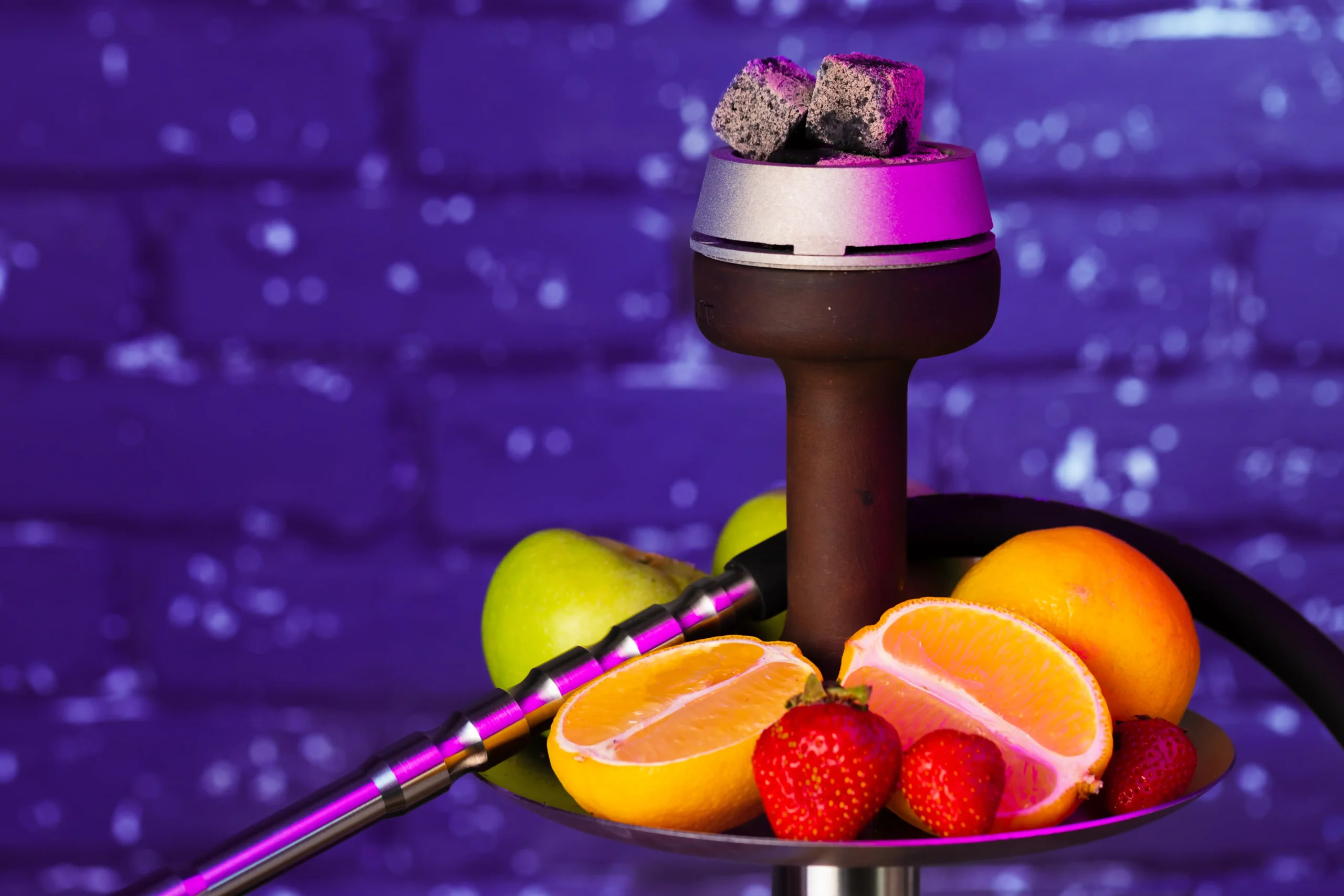What is Hookah
Hookah, also known as shisha, narghile, or water pipe, has a rich history spanning centuries and cultures. It originated in the Indian subcontinent and spread throughout the Middle East, North Africa, and beyond, becoming a significant part of social and cultural traditions.

Origins in India (16th Century)
The earliest form of hookah is believed to have originated in India during the Mughal Empire in the 16th century. The first primitive hookahs were made from coconut shells and bamboo tubes. It is said that Emperor Akbar’s physician, Abu’l-Fath Gilani, introduced the idea of filtering tobacco smoke through water to reduce its harshness.
Spread to Persia and the Middle East
From India, the hookah spread to Persia (modern-day Iran), where it became highly popular among the aristocracy. Persian craftsmen refined its design, making it more elegant and decorative. The hookah then traveled to the Ottoman Empire, where it became a symbol of status and leisure among the elite.
Popularity in the Ottoman Empire (17th – 18th Century)
By the 17th century, hookah smoking had become deeply ingrained in Ottoman culture. It was a favorite pastime of sultans, intellectuals, and nobles. Intricately designed hookahs with metal and glass components became a common sight in palaces and social gatherings.
Hookah in the Arab World
Hookah smoking spread rapidly through Egypt, Syria, and Lebanon, where it became an essential part of café culture. Coffeehouses became centers for social interaction, politics, and entertainment, with people gathering to smoke and discuss various topics.
Expansion to Europe and the West (19th – 20th Century)
European travelers and merchants who visited the Middle East brought back the practice of hookah smoking. During the 19th and early 20th centuries, the growing fascination with Oriental culture led to hookah being featured in literature, art, and social gatherings in France and Britain.
Modern-Day Hookah Culture
Today, hookah has evolved into a global phenomenon. It is particularly popular among young adults in the Middle East, the United States, and Europe. Modern hookahs come in a variety of designs, materials, and flavors, with fruit-based and herbal options appealing to a wide audience.
While the tradition of hookah smoking remains a social activity, concerns over health effects have led to regulations and awareness campaigns in many countries. Despite this, hookah continues to be an iconic symbol of relaxation and cultural heritage.



